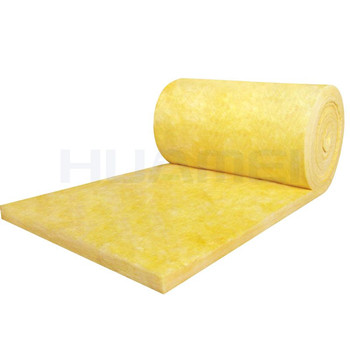1. Resilience rate: Most glass wool is in the form of roll felt, which will be compressed during the packaging process. During use, it will be transported from the factory to the construction site and restored to its original thickness.
2. Thermal conductivity (thermal resistance): Thermal conductivity refers to the temperature difference between the two sides of a material with a thickness of 1m under stable heat transfer conditions, and the heat transferred through an area of 1 square meter in 1 hour, The unit is in watts/meter•degree (w/m•K).
Thermal resistance: All building materials can block the movement of thermal energy to a certain extent and the ability to block heat flow is measured by thermal resistance.
The higher the thermal resistance value, the higher the efficiency of blocking heat flow, which will save more energy costs. The thermal resistance value represents the resistance to heat flow. It is a measure of the thermal insulation capacity of any material. Thermal resistance = thickness / thermal conductivity. The smaller the fiber diameter, the greater the thermal resistance.
3. Hydrophobic rate: add a hydrophobic agent to the adhesive of glass wool, which will prevent water from entering the insulating cotton.
When waterfalls on the surface of insulating cotton, the tension of water molecules will increase and the water will adhere to the cotton, but it cannot prevent the entry of water vapor.

4. Important slag ball content: 0% of inferior glass wool will have slag balls inside, which will have a great impact on the performance of insulation cotton.
5. Fiber diameter: The smaller the fiber diameter, the better the insulation effect, the more even the fiber diameter distribution, and the better the product quality. The ideal fiber distribution structure should be that the fibers are parallel to the surface and distributed evenly.
Combustion performance: A grade non-combustible material is best.
Huamei can supply many types of high-quality glass wool, please contact us if you need it.
评论
发表评论